Whether you're thinking of beginning as a flower farmer professionally, want a few cut flowers for your own use, or would like to have a go at making a boutonniere or buttonhole flowers, having a selection of blooms that will look perfect in a cut flower arrangement can be a satisfying way of lifting the mood and bringing the outside in to your house.
The below selection all come from James Rowe's flower farm, which grows cut flowers in the grounds of a medieval priory in North Yorkshire. With approximately two acres, the farm has excellent loam which has been well-worked over decades. The climate can be affected by a cold sea-fret as the farm is only five miles from the North Sea, but below's selection are a few that work very well in the farm. James is the third generation of growers at the priory, his father Eddy sows seeds directly into the ground in mid-April in long rows for ease of picking.
Everyone's plot is different, so you need to pick the right cut flowers for you. But below is a good starting point, with a selection of cut flowers that will have your friends and family asking who your florist is.
Daunted by sowing seeds? Read our expert guide to planting seeds.
The best cut flowers to grow in the garden
Dahlia ‘Porcelain’
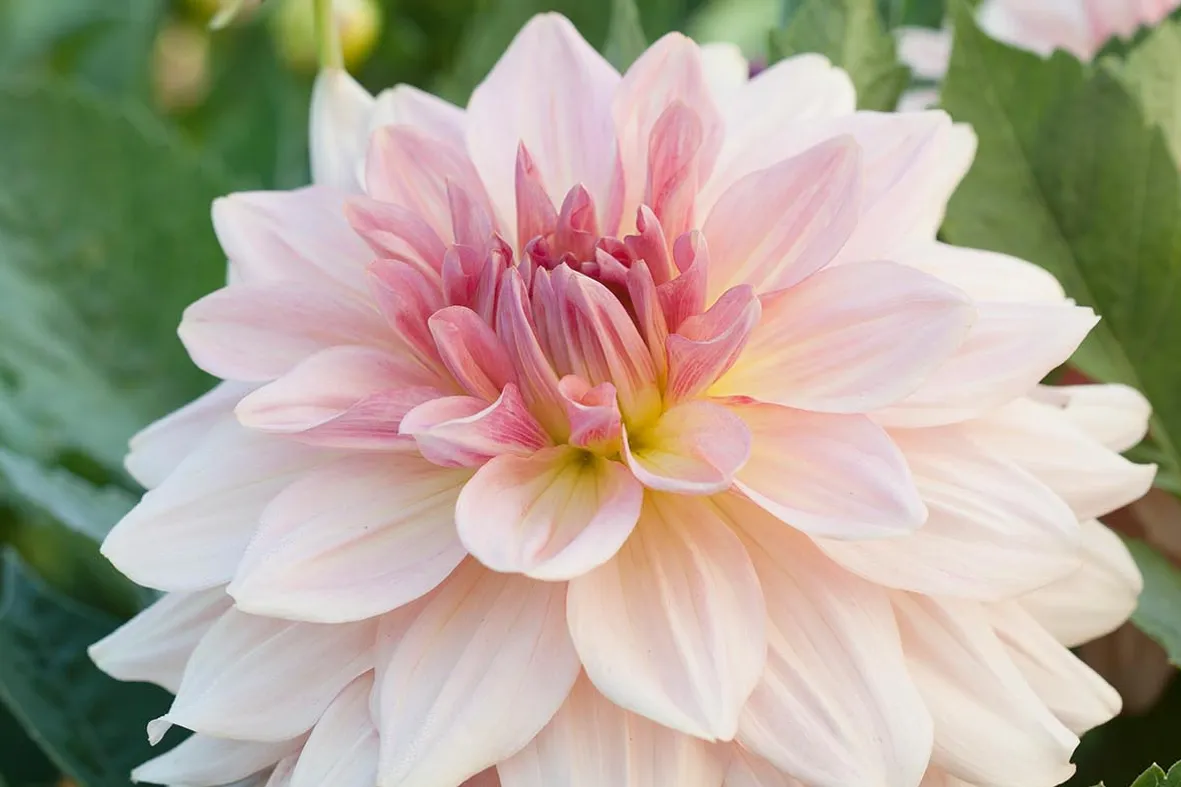
A waterlily-type dahlia with ivory petals that show a tinge of violet as they develop, and which grows to more than a metre in height. Keep deadheading them to keep the flowers coming. To keep them coming back every year, lift and store tubers over winter. 1.2m. RHS H3, USDA 7a-10b.
Here's more about how to grow dahlias
Helianthus ‘Ruby Eclipse’
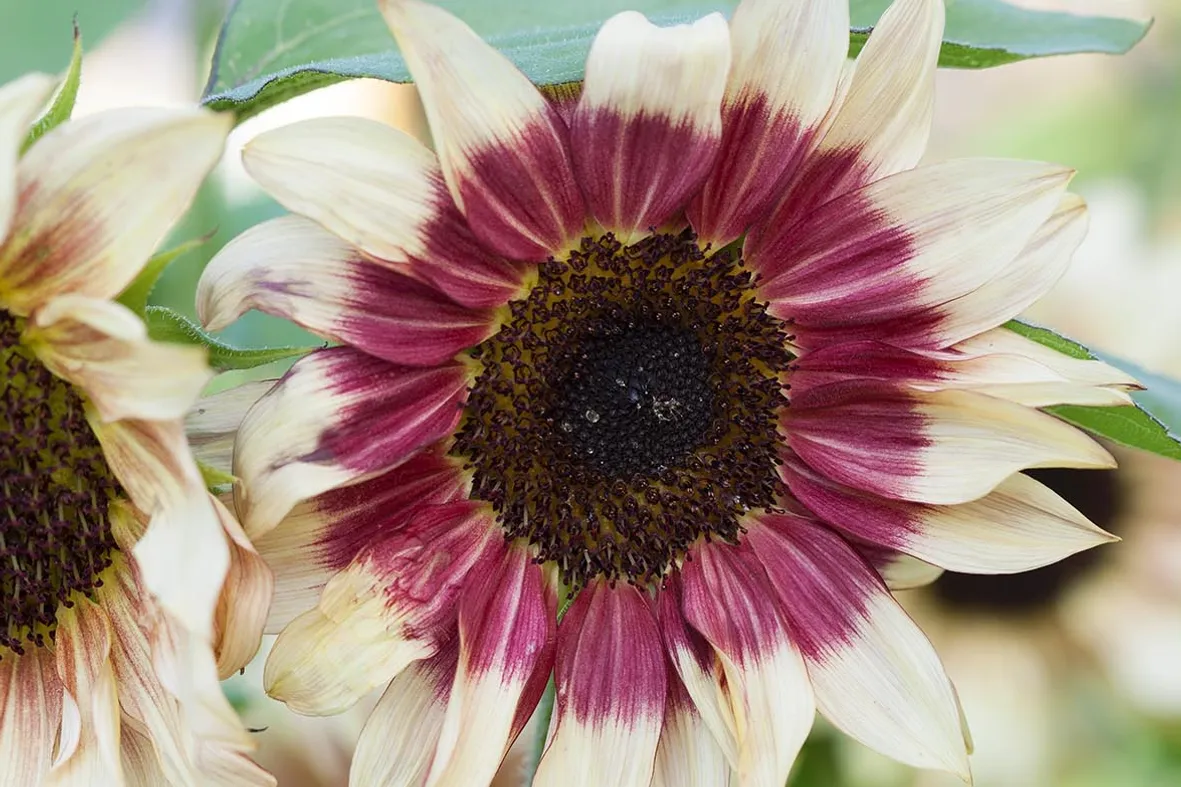
With bi-coloured flowers in shades of cream, dusty-rose and ruby-red, this is an exceptionally easy sunflower to grow and perfect for your cut flower collection. When the central flower starts to form, cut it out and then many side shoots form with smaller flowers. Cut when first petals appear and strip off lower leaves. 1.8m. USDA 2a-11.
Here's everything you need to grow sunflowers
Dahlia ‘Hillcrest Kismet’
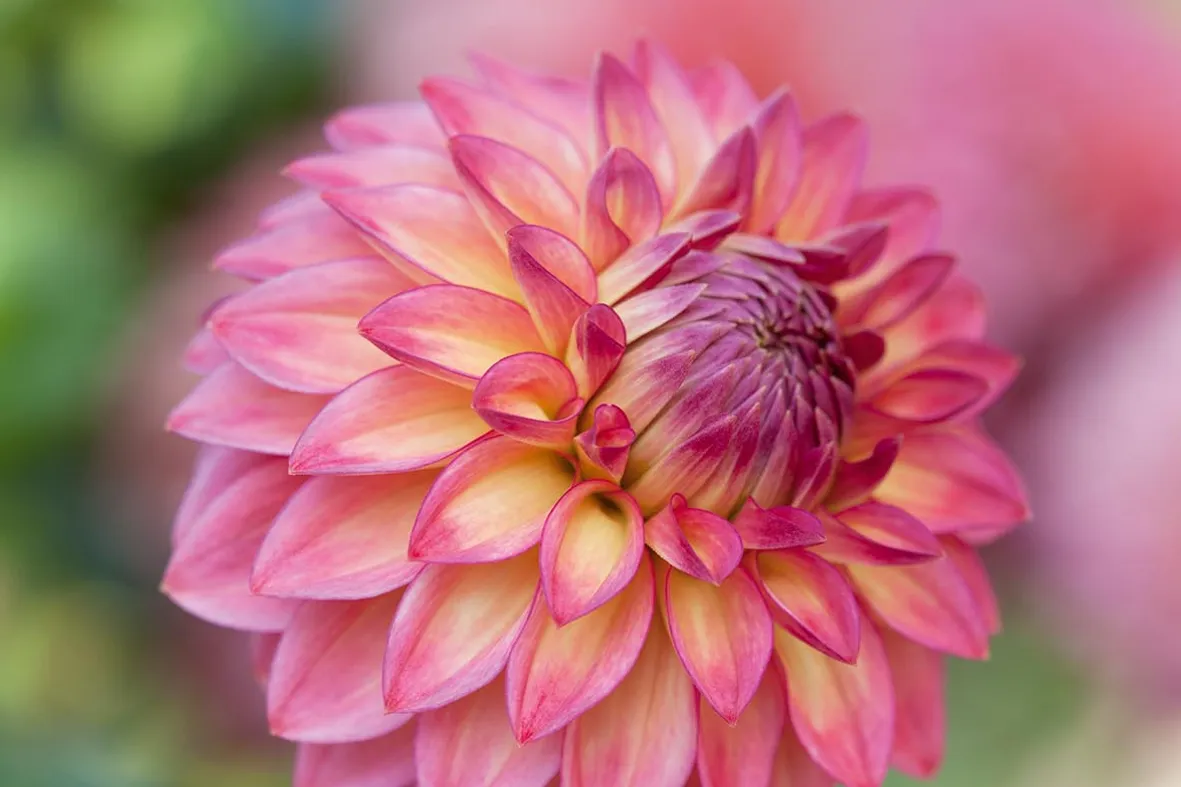
Offers large salmon-bronze flowers on strong stems that grow to over a metre in height. Pinch out early flower buds, which then produce flowers on longer stems: good for cut flowers. 1.25m. USDA 7a-10b.
Rudbeckia hirta ‘Sahara’
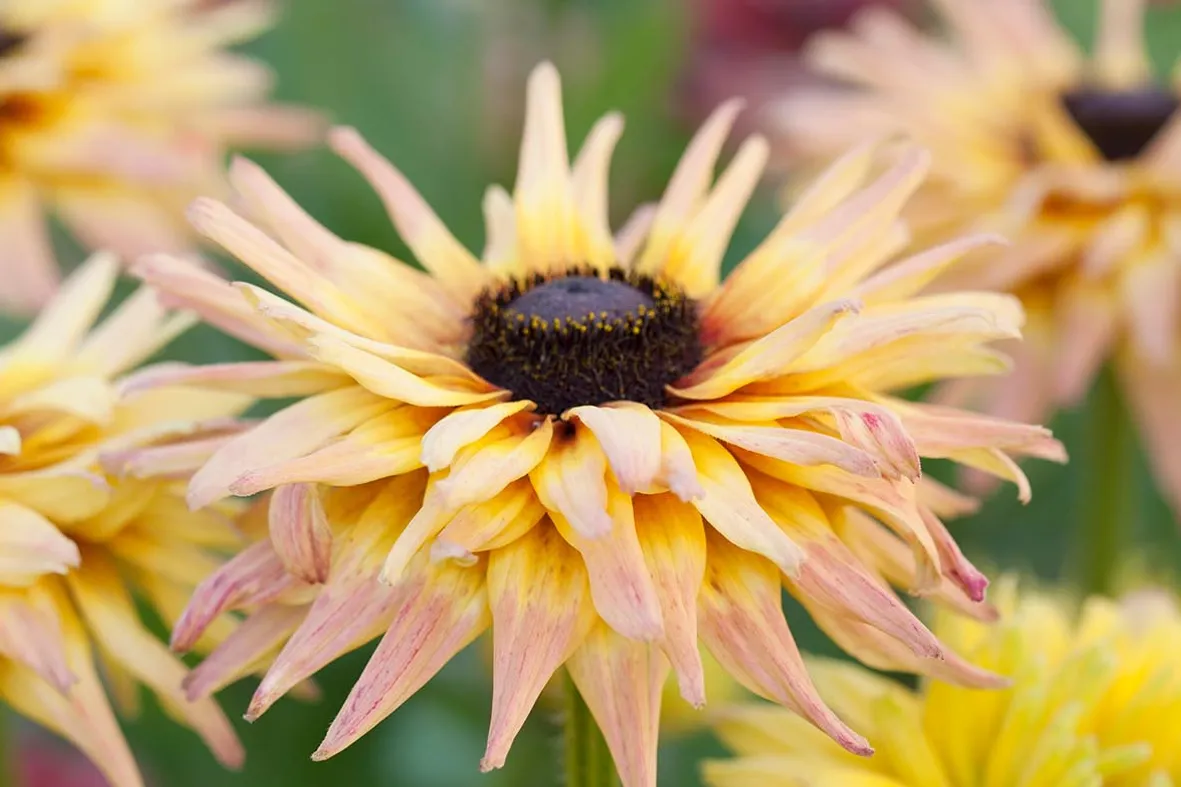
A half-hardy annual that is best started off with gentle heat in April, and will then bloom from late July onwards. Deadhead regularly to encourage flowering and for cut flower use for longer. 30cm. USDA 3a-7b.
Gladiolus ‘Priscilla’
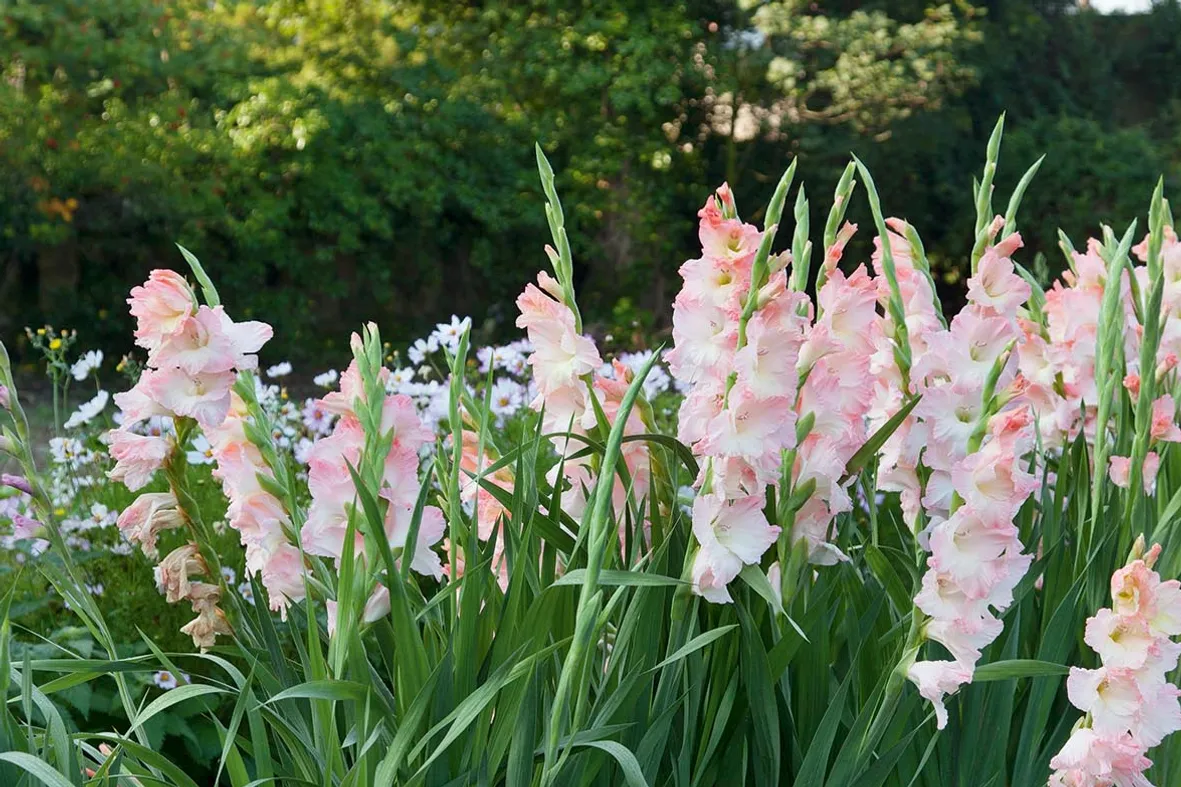
Tri-coloured gladioli with white and rose pink petals with a creamy throat. Needs fertile, well-drained soil in full sun but lift and store the corms overwinter as they dislike winter wet. 1m. USDA 7a-10b.
Scabiosa atropurpurea ‘Beaujolais Bonnets’
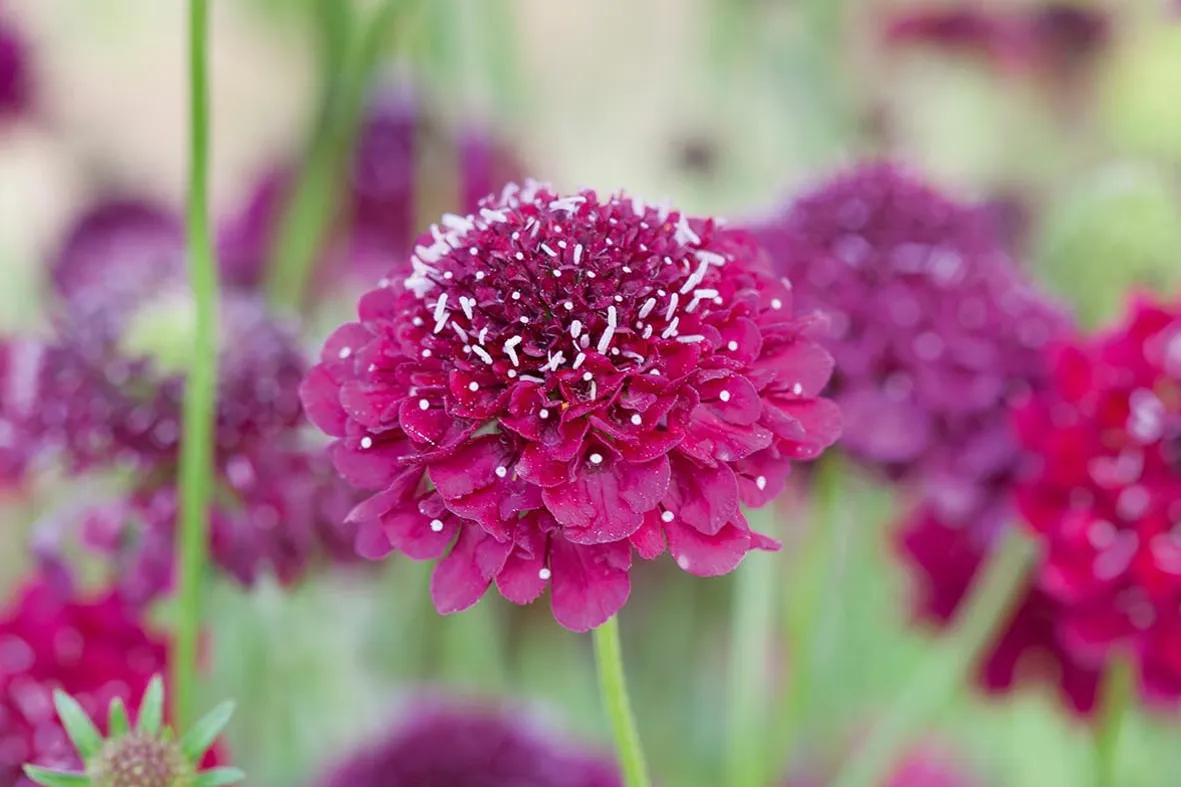
A reliable, hardy perennial scabious, grown easily from seed and flowering in its first year. Known as a pincushion flower, it has ruffles of dark-pink petals laced with cream. This cut flower likes well-drained soil. 60cm.
Rudbeckia hirta ‘Cherry Brandy’

A deep, velvety red, glamorous rudbeckia with long stalks and a vase life of around ten days. Get your order for seeds in early, as they sell out very quickly. 60cm. RHS H3, USDA 3a-7b.
Panicum virgatum ‘Fontaine’
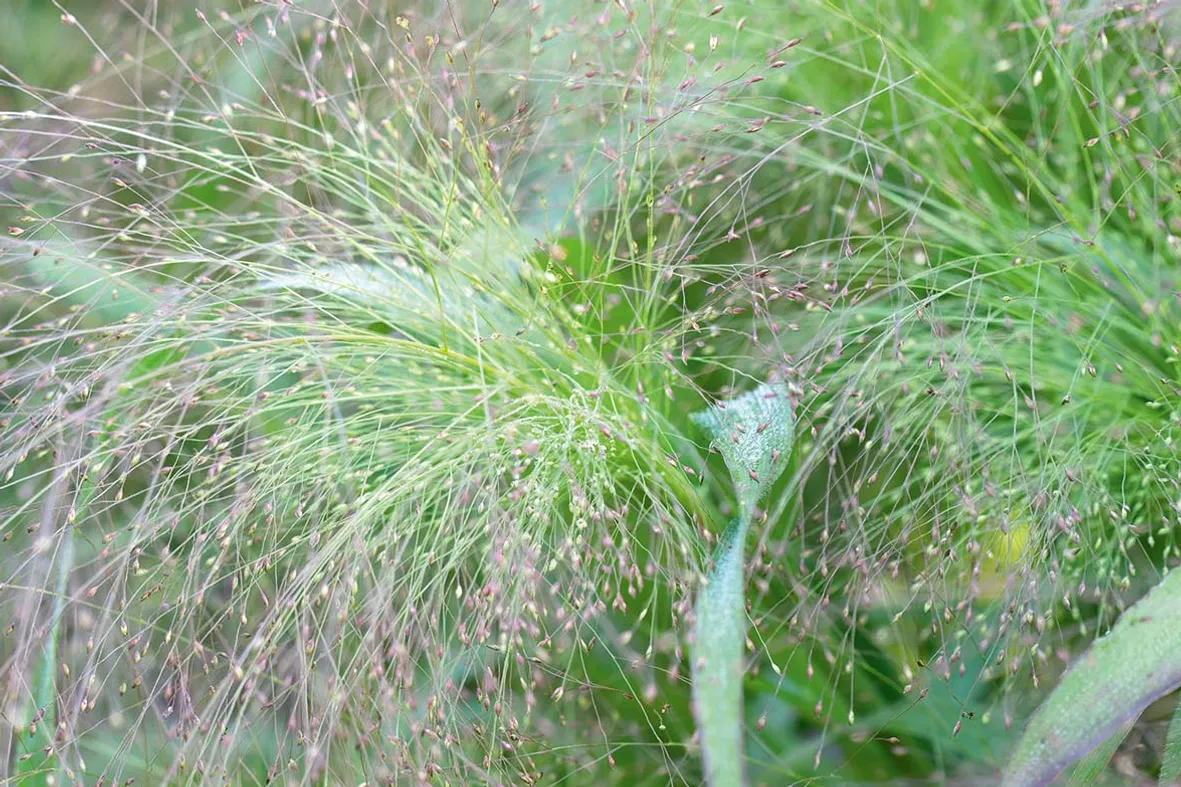
An annual grass that is excellent as a bouquet filler in your cut flower arrangement. Beware though, as mice love this grass as much as you, so protect the seeds when you sow them in mid-March. 60-80cm.
Scabiosa atropurpurea ‘Black Knight’

A half-hardy cut flower annual, but will overwinter in milder parts of the country. Very dramatic long-lasting flowers in deep blackcurrant with contrasting white stigmas. 90cm. USDA 9a-11.
Scabiosa stellata ‘Ping Pong’
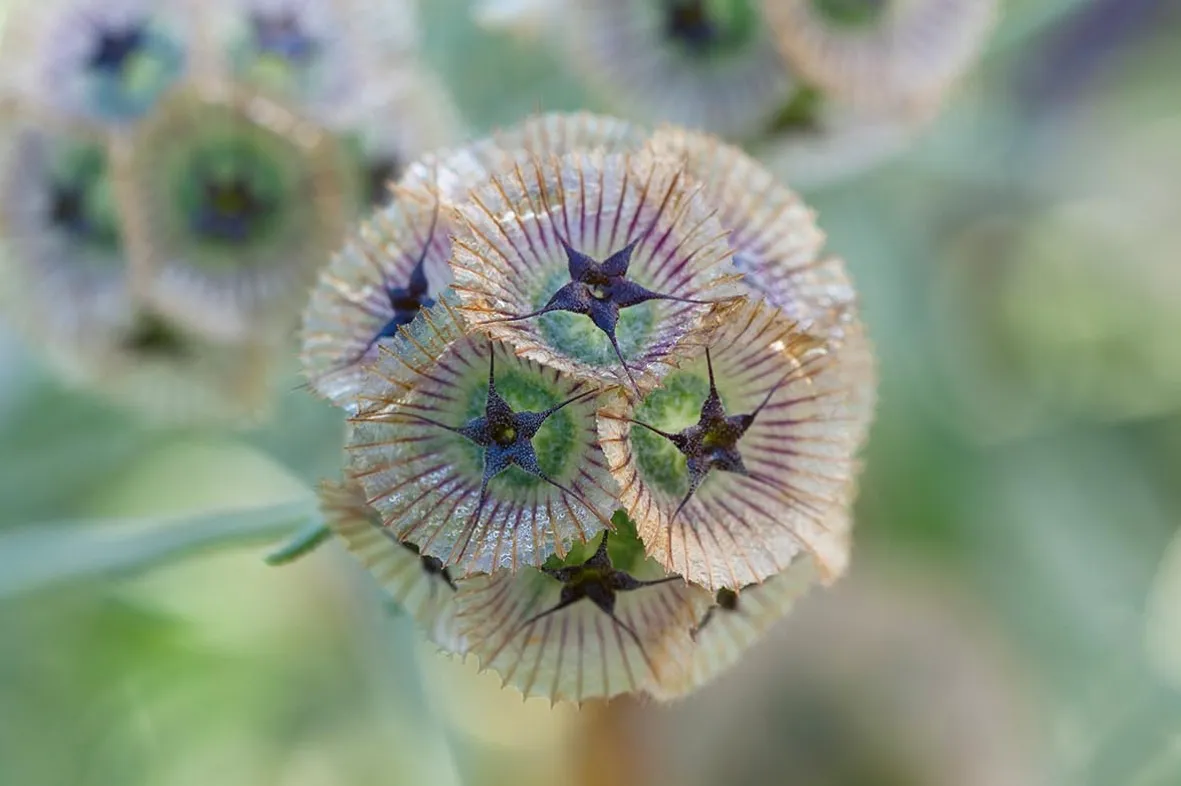
A hardy annual grown mainly as a cut flower for its dramatic, papery and long-lasting seedheads. Can be set from seed in either September or early March. Quick to germinate. 60cm.
Dahlia ‘Labyrinth’
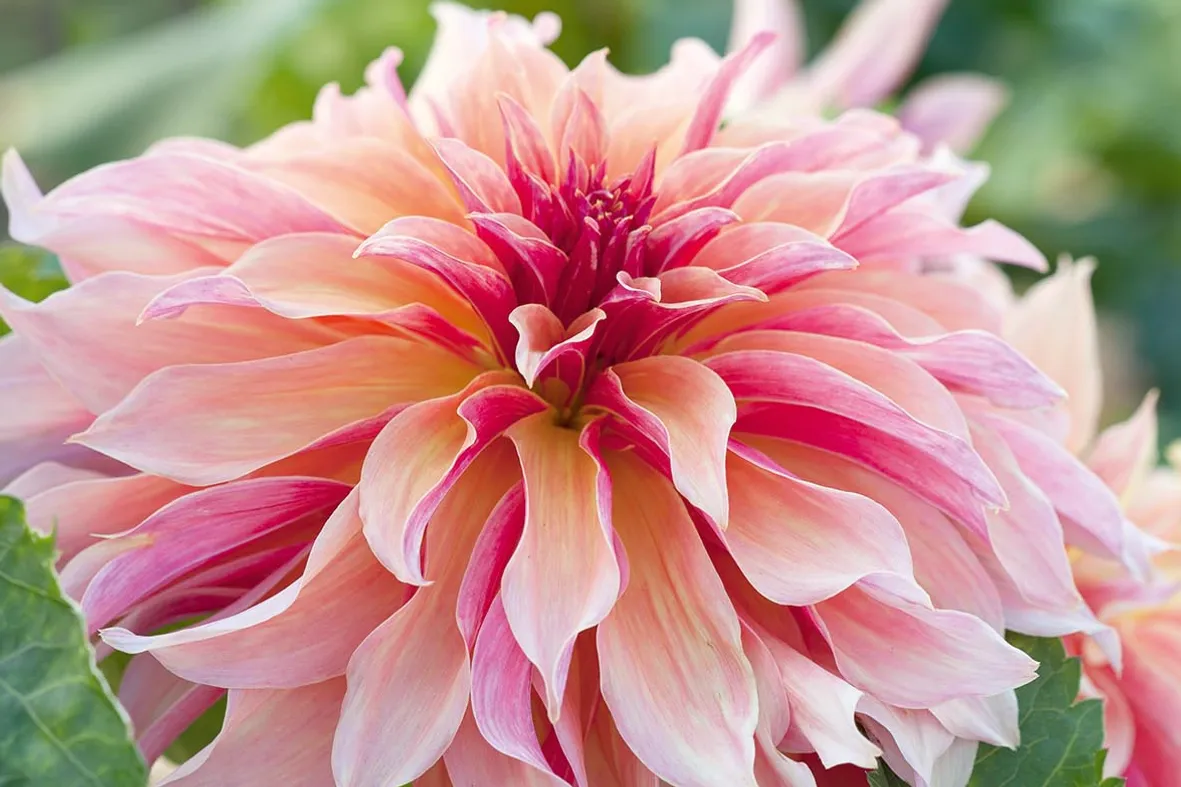
A real show-stopping cut flower looking like a hat designed by Gertrude Shilling. A vigorous grower that is very easy to take root cuttings from in early February. Store tubers over winter. 1m. USDA 7a-10b.
Helianthus annuus ‘Sunrich Lemon’

An F1 hybrid, so a little more expensive for the seed, but a very reliable cut flower with a huge sturdy stem and flowers that don’t shed pollen. 1.5m.
Discover the Old Priory
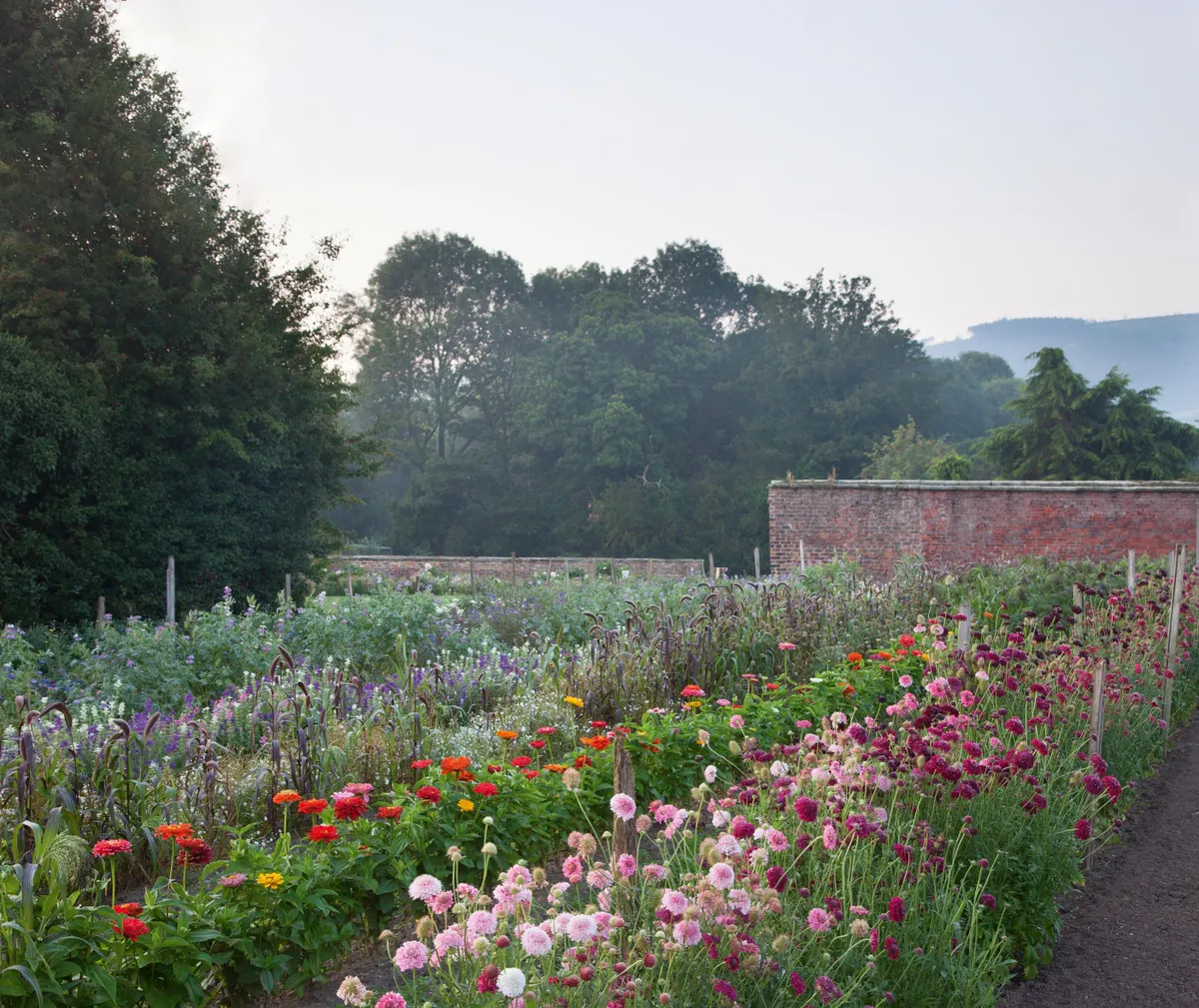
Early autumn in the picking garden with Zinnia ‘Benary’s Giant Mixed’, Scabiosa atropurpurea ‘Salmon Queen’ and foxtail millet (Setaria italica ‘Red Jewel’). All of these are annual flowers and need to be sown in March and they begin to flower in late summer all the way through to October.

The dahlia fields in front of the medieval barn, which is now used for drying flowers from July onwards. The dahlias are planted out into the soil in mid-May,
disbudded until mid July, and then flower until the first frosts in late October.